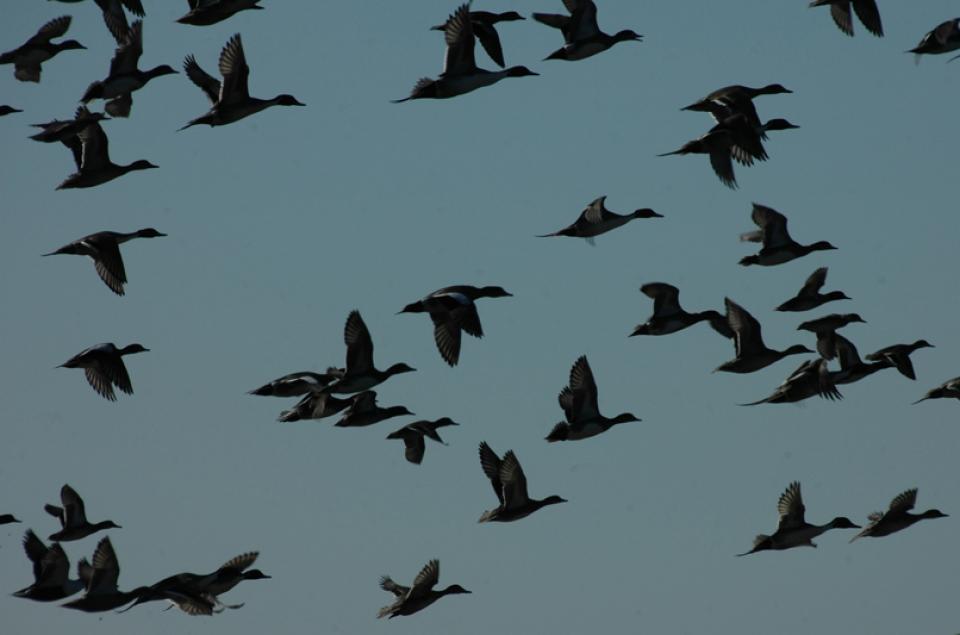Agricultural Drainage Environmental Impacts
Agriculture drainage issues date back to the earliest farming. In ancient times, farmers let fields stay fallow hoping rain would flush out salt.
Today, salt and other contaminants continue to cause agricultural drainage problems, particularly in California. Whether a field is adequately drained, or saturated with water, the water still has to be removed.
The disposal of this often-contaminated water continues to be a challenge in California, with the environmental effects of selenium and other drainage-related elements changing the course of drainage planning.
Agricultural Drainage Environmental Impacts Overview
Many changes have occurred after the 1983 discovery of bird deaths and deformities at Kesterson Reservoir, which drains agricultural land in the San Joaquin Valley. Since then, scientists have increased their understanding of the effects of selenium and other trace elements on the environment when they are concentrated through human activities.
Selenium is easily absorbed into the metabolic systems of plants and animals, and the margin between a beneficial and toxic amount is narrow. Fish and wildlife may become exposed to harmful concentrations of the element as prey organisms — and their stores of accumulated selenium — are passed up the food chain. Eventually, selenium in high concentrations can limit reproduction and cause deformities and possible death. In addition to being toxic to bird embryos, selenium also can reduce survivorship of young birds.
In addition, research has shown the importance of considering the form of selenium, species-specific differences in toxicity and risk, regional and geographic variation, characteristics of the water body and other factors when evaluating selenium risk and setting water quality criteria.
In addition, evaporation ponds are also used for agricultural drainage. These ponds resemble wetland areas that birds use for nesting and feeding grounds and may pose several other risks to waterfowl and shorebirds. If bird carcasses are not regularly removed from the ponds, diseases such as avian botulism or cholera can spread.
Excess salt at evaporation ponds can also harm the reproductive health of ducks and eared grebes. Physical hazards such as flooding, grading, levee maintenance and vegetation control harm established nests and cause bird deaths. Also, hazing programs, such as firing blank guns to discourage birds from nesting, can lead to nest abandonment or desensitize birds to hazing. This can lead to increased exposure to the pond waters.
Agricultural Drainage Environment Impacts Next Steps
After years of identifying the causes of the drainage problem, practical solutions are underway to handle drainage disposal [see also Agricultural Drainage].
Significant new information also has been developed over the past decade regarding the design and operation of evaporation basins as a major Central Valley method of drainage water disposal.
Meanwhile, debate continues over possible statewide regulation of agricultural drainage as a source of nonpoint source pollution. The State Water Resources Control Board has adopted voluntary measures to encourage agricultural pollution control, such as public education and citizen monitoring. However, some say voluntary approaches may prove inadequate in certain instances.









